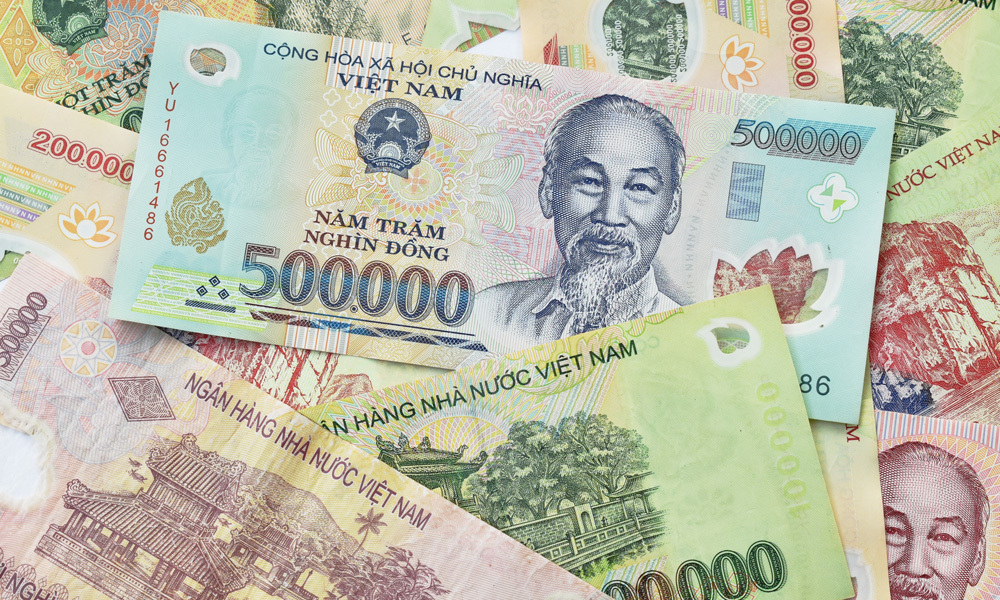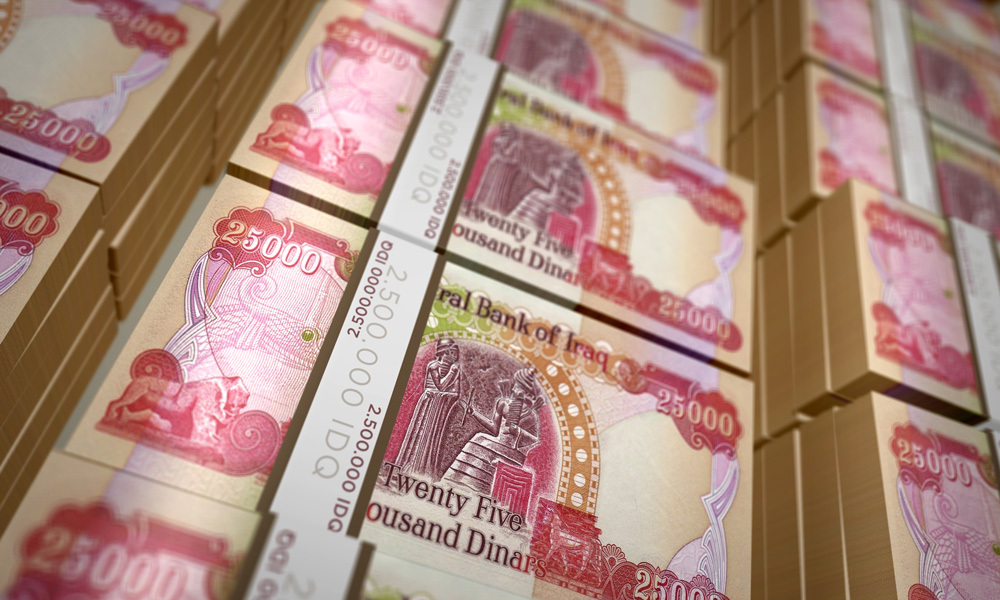When new dies are made for coins—typically for a year or design change—some are given special treatment. They’re used to produce coins for collectors known as “proofs.” Usually issued in sets containing each circulating coin for a specific year, the coins are struck under higher pressure at least twice to give maximum detail in the raised parts known as “devices”—the artwork, lettering, and numbers.
Nearly all countries that make coins also make proof coins.
The History of US Proof Coins
The US began minting coins in 1792. Many early strikes were meticulously made, exhibiting the characteristics of a proof coin, but coins specifically designated as proofs came later. The Smithsonian collection of confirmed proof coins starts with coins made in 1817. The first undisputed gold proof coins were struck in 1821.
Production of US proof coins was irregular until the late 1830s. From then until 1916, when striking proofs had mostly stopped, proof coins of at least one denomination were minted each year. Proof coins could be ordered individually from the Mint beginning in 1936 until proofing stopped after 1942 due to World War II.
Proof coinage resumed in 1950 with individually sealed coins of all five denominations shipped as a boxed set. Starting in 1955, flat packaging was introduced and continues in various forms today.
Modern Proof Coins
From 1950 to 1972 proof sets included the cent, nickel, dime, quarter, and half dollar. The dollar coin was added from 1973 through 1981 and again in 2000 through today. 2007-2016 proof sets include Presidential dollars.
Other modern proof sets have two Lewis and Clarke nickels (2004-2005) and America the Beautiful quarters (2010-2021). Multiple combinations of special issue cents and quarters are also available along with other denominations.
Special proof sets have also included 40% silver-clad coins, and proof coins are also made for silver, gold, and platinum bullion coins.
Making a Modern Proof Coin
The minting process for proof coins starts with the coin blank (planchet) before the coin is struck. The blanks are cleaned and hand-polished, then treated with a compound that gives them a satiny finish. They are then fed into presses with polished dies and struck at least twice to achieve a crisp impression with higher relief than normal. This also gives the raised details a polished shine that stands out from the background, giving the coins a cameo effect. They are then individually inspected and carefully packaged to preserve the coin’s finish. Finally, a certificate of authenticity is included with the packaging.
Today proof sets of circulating coins are made exclusively at the San Francisco Mint and bullion coin proofs are minted at the West Point facility.
Rarity and Value of Proof Coins
Pre-1858 US proof coins are highly sought and quite valuable. Not all denominations were made and some years have only single examples. Contemporary proof sets are common and affordable, but still quite collectible. Even some modern proof coins have variations and mistakes that raise their value considerably.
Proof sets for 2017 and 2018 are available directly from the US Mint until supplies are exhausted. Private dealers offer earlier proof coins and proof sets. There are hundreds of different types and options of proof coins available, so shop for those that interest you.
Dealers also offer Mint Sets—high-quality uncirculated coins from individual mints—and Year Sets for specific dates in various grades.
The Great American Coin Company offers Proof Sets from 1971 through 2016 and Mint Sets from 1968 to 2016 as well as Prestige Mint Sets from 1983 to 1997. All are very affordable and make great gifts to commemorate birthdays, holidays, and other special occasions.


